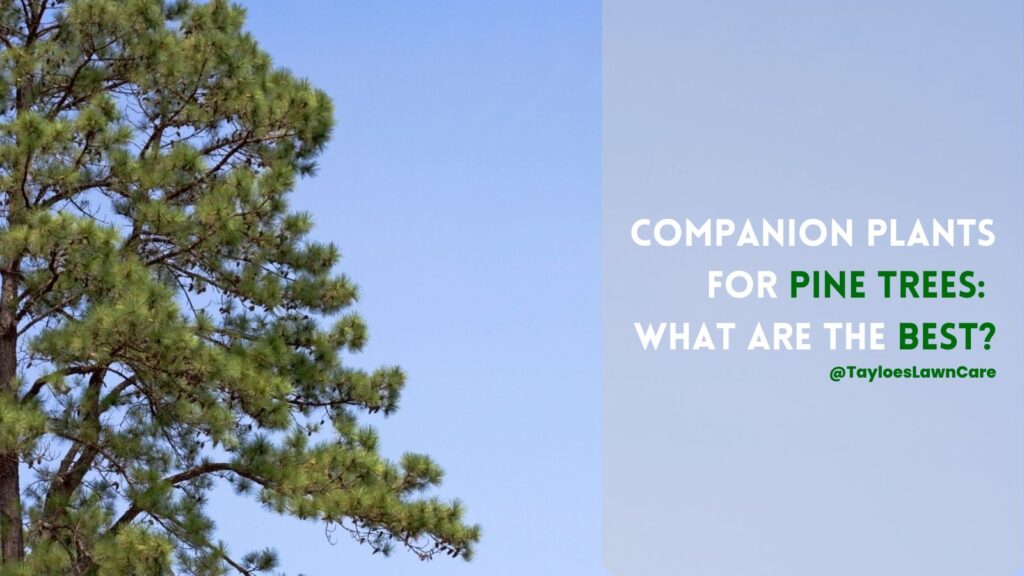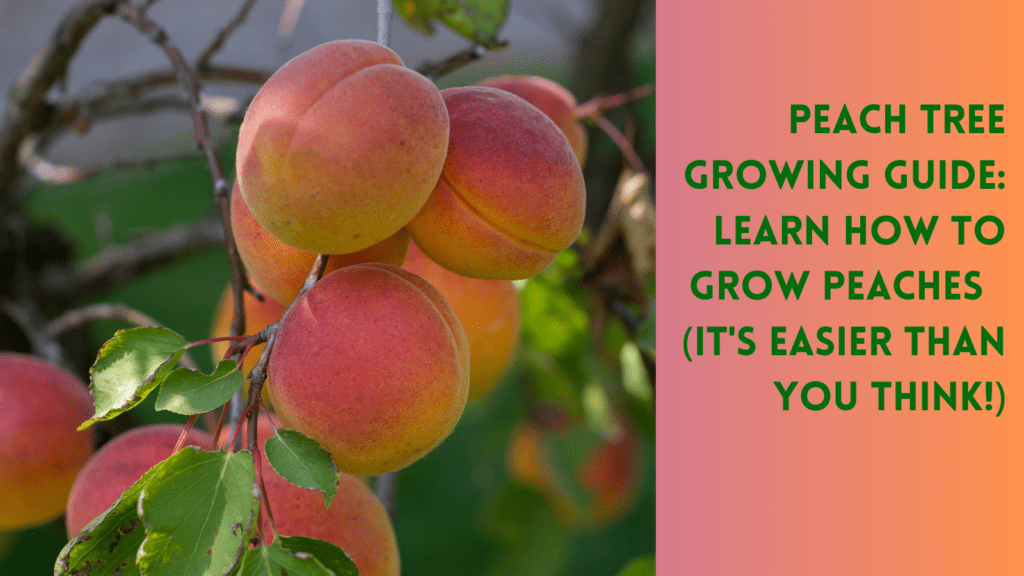Last Updated on: 18th September 2024, 12:38 pm
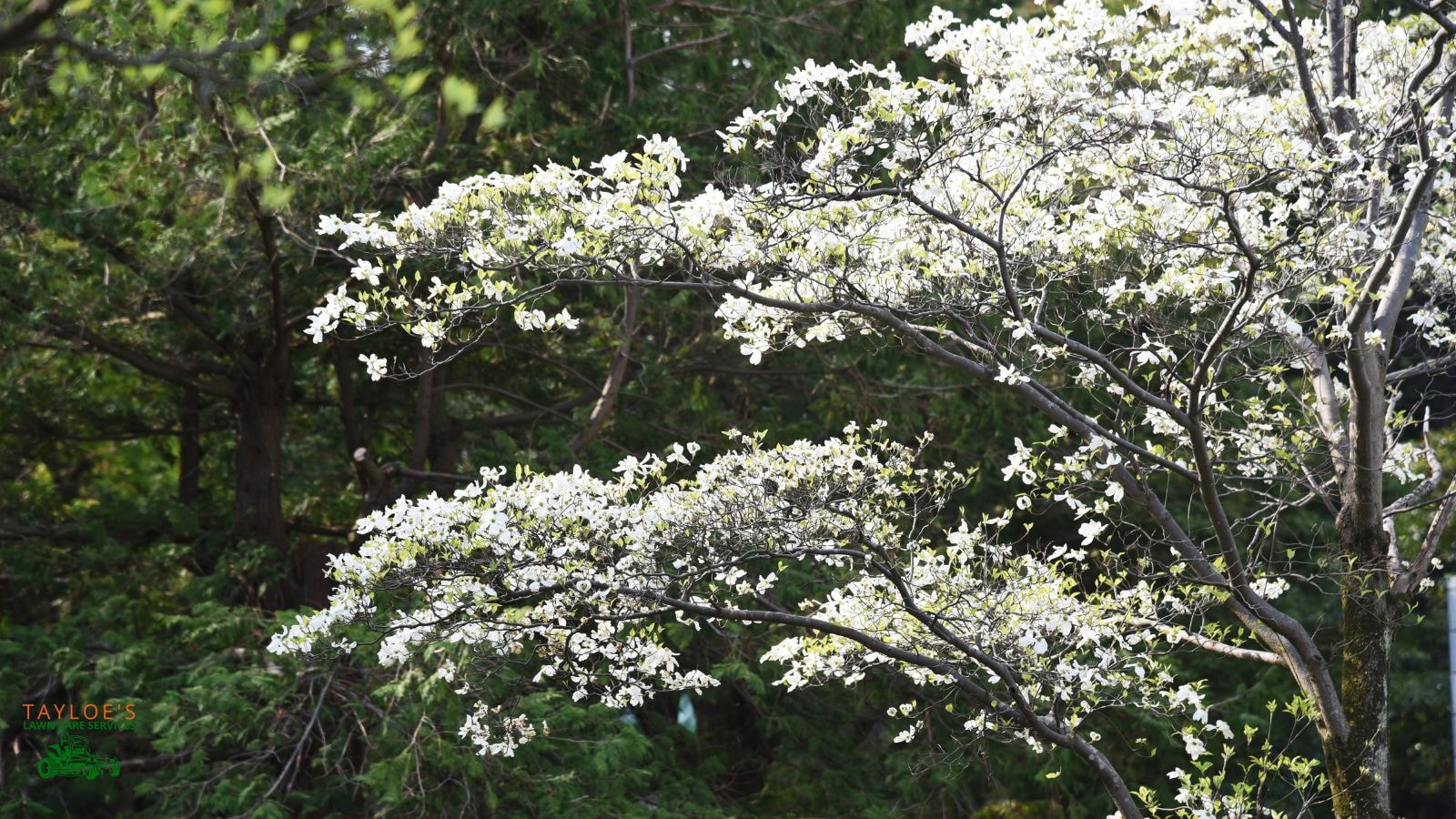
Here’s how you can add healthy dogwood trees to your landscape.
The dogwood tree, also known as flowering dogwood (Cornus florida) isn’t just a striking tree; it’s deeply rooted in the history and landscapes of eastern North America. Native to USDA zones 5 through 9 and celebrated for its stunning spring blooms and vibrant fall foliage, this tree is the official state flower of North Carolina and the state tree of Virginia.
Native Americans have long valued the dogwood tree, using it to craft tools and using its bark and roots for medicine.
In the wild, it flourishes as an understory tree beneath larger trees, thriving in filtered light but capable of handling more sun in cooler climates.
Dogwoods prefer partial sun and shelter from strong winds, reflecting their natural habitat of moist, well-drained soils near forest edges. However, they do not like wet feet, so it’s essential to avoid planting them where water may pool.
Whether you want to add a splash of color to your garden or attract local wildlife, planting a dogwood tree is the perfect way to enhance your landscape while supporting a native species.
Here’s everything you need to know to grow and care for these ornamental trees.
Choosing the Right Dogwood Trees
Select a healthy native tree with a strong, well-established root ball to ensure it adapts quickly to your landscape. A good root system allows the tree to access nutrients and water, helping it thrive from the start.
Pay attention to the mature size of the tree. Flowering dogwood can grow up to 25 feet tall and 20 feet wide, so be sure you have enough space in your garden to accommodate its full growth.
Choosing varieties like Cornus florida, makes care much easier. These native dogwoods are naturally adapted to local soil and climate, requiring less maintenance while supporting local wildlife, such as birds and pollinators.
Also, look for disease-resistant, pest-tolerant options to prevent common issues like dogwood anthracnose. Varieties such as Cornus kousa (kousa dogwood) and Cherokee Chief are known for their durability, allowing you to maintain a healthy, beautiful tree with minimal intervention.
When to Plant Dogwoods
Plant the bare-root trees in early spring when the soil is cool and the tree has time to establish.
Container-grown dogwoods can be planted in early fall or late spring, giving the tree time to adjust to its new environment.
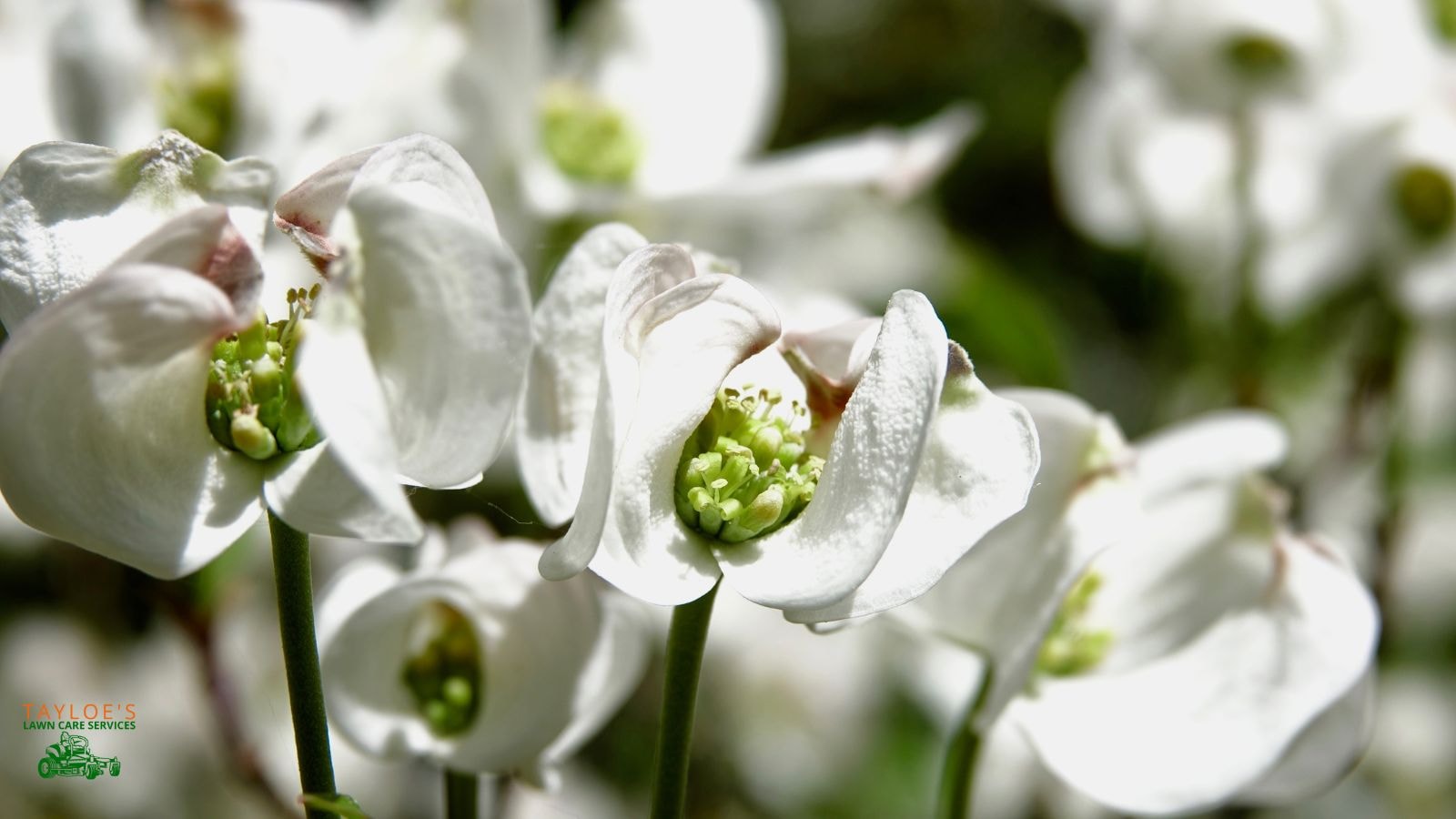
Dogwood Tree Growing Needs and Where to Plant
For the best results, plant your flowering dogwood, Cornus florida, in a spot that offers:
Partial sunlight: Dogwoods thrive in areas morning sun and afternoon shade, especially in warmer climates. They don’t prefer full sun.
Dappled sunlight throughout the day, as found under taller trees, is ideal. However, plant them away from trees with dense canopies that block too much sunlight or compete for water and nutrients.
Well-drained soil rich in organic matter: Dogwoods prefer soil mimicking their natural woodland habitat. Ensure good drainage, as these trees do not tolerate standing water. Amending the soil with compost can improve moisture retention and drainage.
Slightly acidic soil: A pH between 5.5 and 7.0 is optimal for flowering dogwoods. If necessary, amend the soil with organic materials to achieve the right balance.
Easy access to water: Dogwoods have shallow root systems, making them vulnerable to dry conditions. Choose a location close to a water source for easy supplemental watering, especially during hot and dry periods.
Regular moisture is important during the first few years of growth.
Shelter from strong winds: Planting your dogwood near larger trees, a house, or along the edges of your garden will offer some protection from harsh winds, helping the tree thrive without unnecessary stress. Avoid trees being planted in an open field or in high winds.
Planting Dogwood Trees
Here’s how to give your Cornus Florida the best start:
Clear the planting area of any sod, debris, or competing vegetation. Dogwoods need space to establish themselves, and removing surface clutter ensures the soil is ready to support the tree.
Dig a hole twice the width of the root ball and as deep as the root system. The hole should be shallow and wide, resembling a bowl. This encourages the roots to spread outward instead of downward, which helps the tree stabilize in the soil.
Ensure the soil at the sides and bottom of the planting hole is loose and not compacted. This allows the tree’s roots to expand and take hold. Loose soil also ensures proper water drainage, preventing root rot.
Remove the dogwood from its container, taking care not to damage the roots. If the tree is rootbound—with roots tightly circling the pot—gently prune or score the root ball to encourage outward growth. This will stimulate new root development in all directions and prevent the tree from being stunted.
Try placing the tree in the hole, ensuring that the top of the root ball is ground level with the surrounding soil surface. Check to see if the roots are fitting comfortably; no roots should be bent or circling the hole.
If necessary, widen the hole to allow the roots to spread naturally.
Begin filling the hole with the soil you removed, ensuring the tree stays upright. Once you’ve filled halfway, tamp the soil around the roots to remove air pockets. Then, water generously to help the soil settle and ensure good contact with the roots.
Continue filling the hole with the remaining soil, firming it gently as you go to ensure the tree’s stability.
Spread a 3-4 inch layer of mulch, like pine straw or peat moss, around the tree’s base. Extend the mulch about 2-3 feet from the trunk, creating an even layer that helps retain moisture and prevent weed growth.
Be sure to leave a gap between the mulch and the tree trunk to avoid rot—aim for a flattened donut shape rather than a mound.
Water thoroughly after planting.
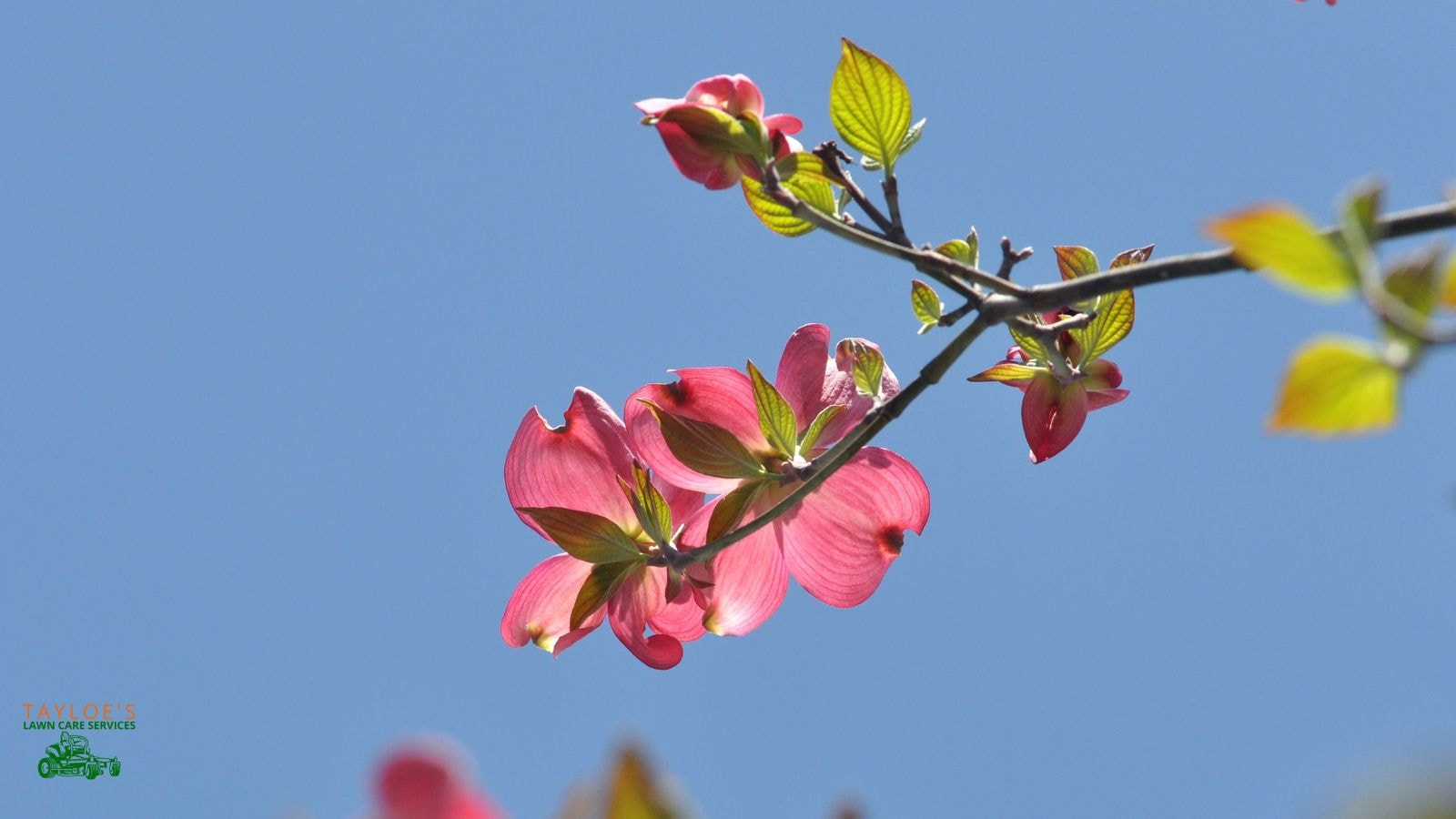
Dogwood Tree Care
Once established, dogwood trees are relatively low-maintenance, though some basic care will help it thrive over the long term. Here’s how to care for these gorgeous small trees:
Watering Cornus Florida
During the first growing season, moist the soil to help the tree establish strong roots. Water deeply once a week, especially during dry periods.
After the first year, dogwoods become more drought-tolerant and require less frequent watering. Established trees only need supplemental water during extended dry spells.
Mulching
Apply a 2-3 inch layer of mulch around the tree’s base to conserve moisture, regulate soil temperature, and prevent weeds that could compete with the tree’s feeder roots. Ensure it doesn’t touch the trunk to avoid moisture buildup, which can lead to rot.
Fertilizing
Dogwoods don’t need heavy fertilization. In fact, light application of balanced fertilizer in early spring can help encourage growth and more abundant blooms.
Avoid fertilizing in the fall, as this can stimulate new growth that won’t have time to harden off before winter, making the tree vulnerable to cold damage.
Also, avoid using too much nitrogen, which can promote leaf growth at the expense of flower buds. Established trees don’t need much, if any, fertilization unless the soil is poor.
Pruning
Pruning is minimal for an established native dogwood. Lightly prune the tree in the dormant season–late fall to late winter–to remove any dead, damaged, or crossing branches.
Dogwoods have a naturally beautiful shape, so pruning is only necessary to maintain health and airflow.
Winter Care
Mature dogwoods handle winter well, but applying a layer of mulch around the base during the dormant season helps protect the roots from freezing temperatures. The young trees, in particular, benefit from this extra protection.
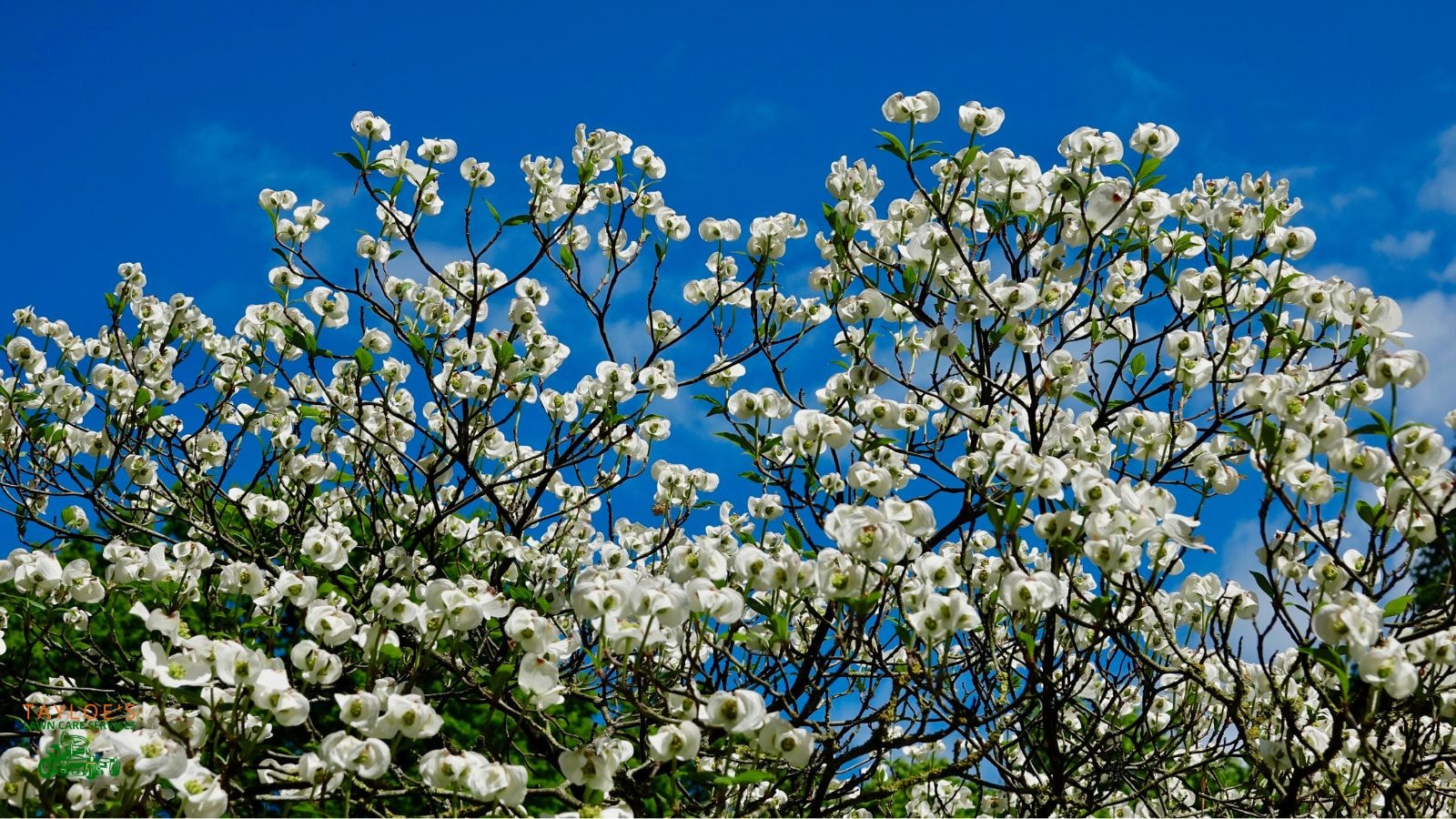
Common Dogwood Challenges and Solutions
Even the hardiest of these beautiful flowering trees can face challenges, but most issues can be managed with careful attention.
Dogwood borer: These insects can attack the tree’s trunk, particularly if damaged. Protect the trunk by keeping it safe from mechanical injuries, and consider using a systemic insecticide if borers become an issue.
Root damage: Dogwoods have shallow tree roots easily damaged by compacted soil. Be cautious not to disturb the roots, which could stress the tree and lead to growth issues.
Disease: Dogwood anthracnose is a common disease that affects many dogwood varieties.
Early detection is essential. Pruning infected branches and ensuring the tree has good airflow can help prevent its spread.
Landscaping with Dogwood Trees
Dogwoods are incredibly versatile in the landscape. That’s because they’re a specimen tree. Thus, they provide year-round interest, from their stunning spring blooms to their vibrant fall foliage.
They typically bloom in early to mid-spring, before the leaves emerge, displaying elegant pink, white, or sometimes red flowers that last for about two weeks.
Here is the interesting fact: The showy pink, red, and white dogwood flower petals are actually beautiful, showy white bracts, not true flowers. The true flowers are small and greenish, nestled in the center of these colorful bracts.
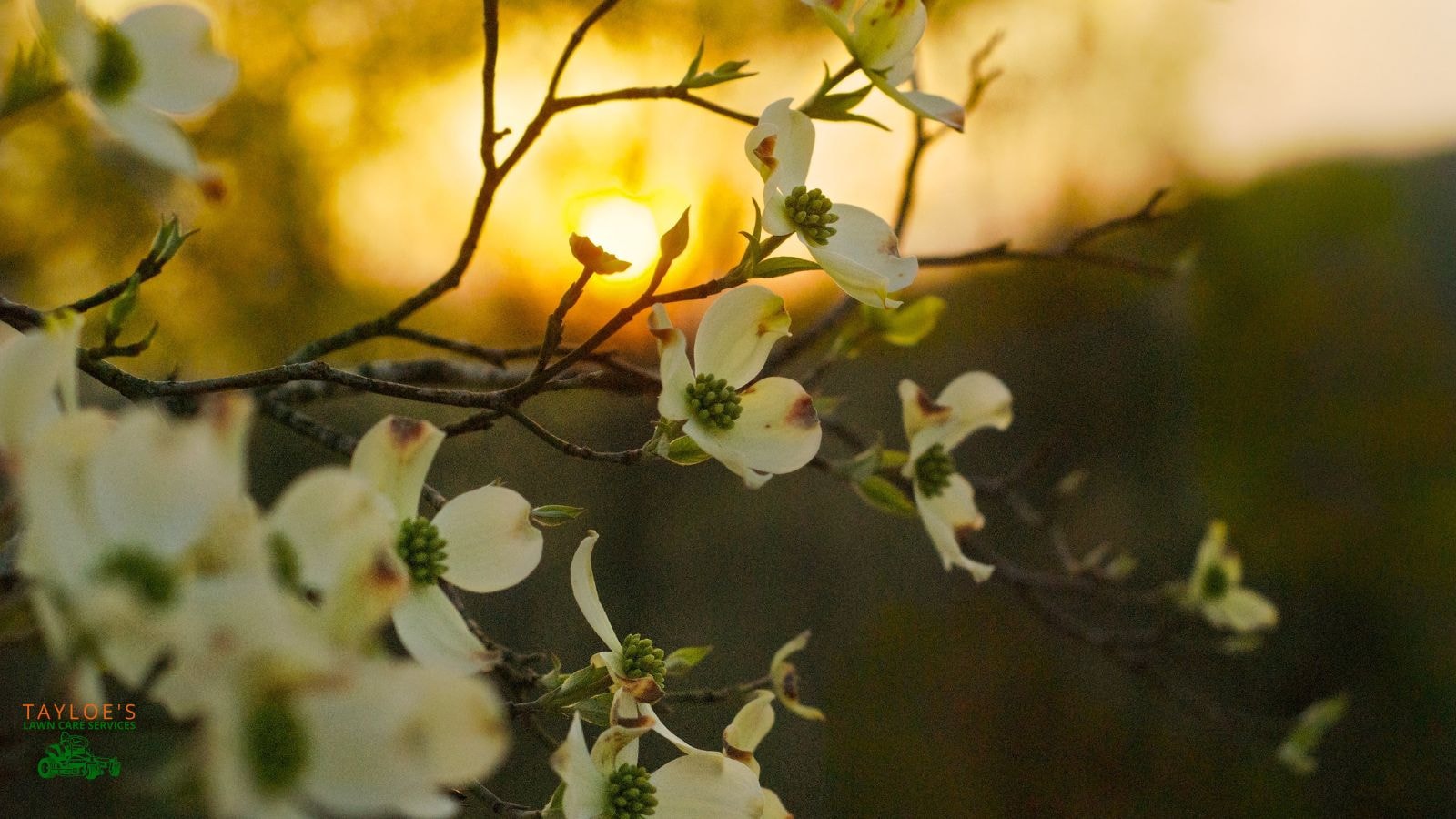
After the blooms fade, lush green leaves emerge for the summer. In fall, the leaves turn a rich reddish hue, enhancing the seasonal color in your garden.
For an even more impactful design, consider grouping multiple flowering dogwoods to create a dazzling display of color, bringing life to your garden in the spring.
You can also pair your Cornus florida with other native trees: oaks, maples, or redbuds, to enhance the aesthetic appeal of your garden while creating a supportive habitat for local wildlife.
Planted as part of a naturalized or woodland garden, dogwoods thrive as understory trees, benefiting from the shade and protection of taller trees.
Regional Considerations for Planting Dogwood Trees
The timing and success of planting dogwood trees can depend on where you live:
In warmer climates, plant in the fall or early winter to avoid stressing the tree with summer heat.
In cooler regions, it’s best to plant in early spring, giving the tree a chance to establish itself before the growing season.
Wherever you are, planting nursery-grown Cornus florida trees ensures a strong start.
Dogwood Tree Growth and Development
Dogwoods grow moderately, reaching up to 25 feet tall and spreading 20 feet wide. With the right care, these trees can provide beautiful flower bracts and vibrant foliage for decades.
Trees like the Cherokee Chief and Cornus kousa varieties are known for faster growth, maturing in as little as 5 to 10 years depending on growing conditions.
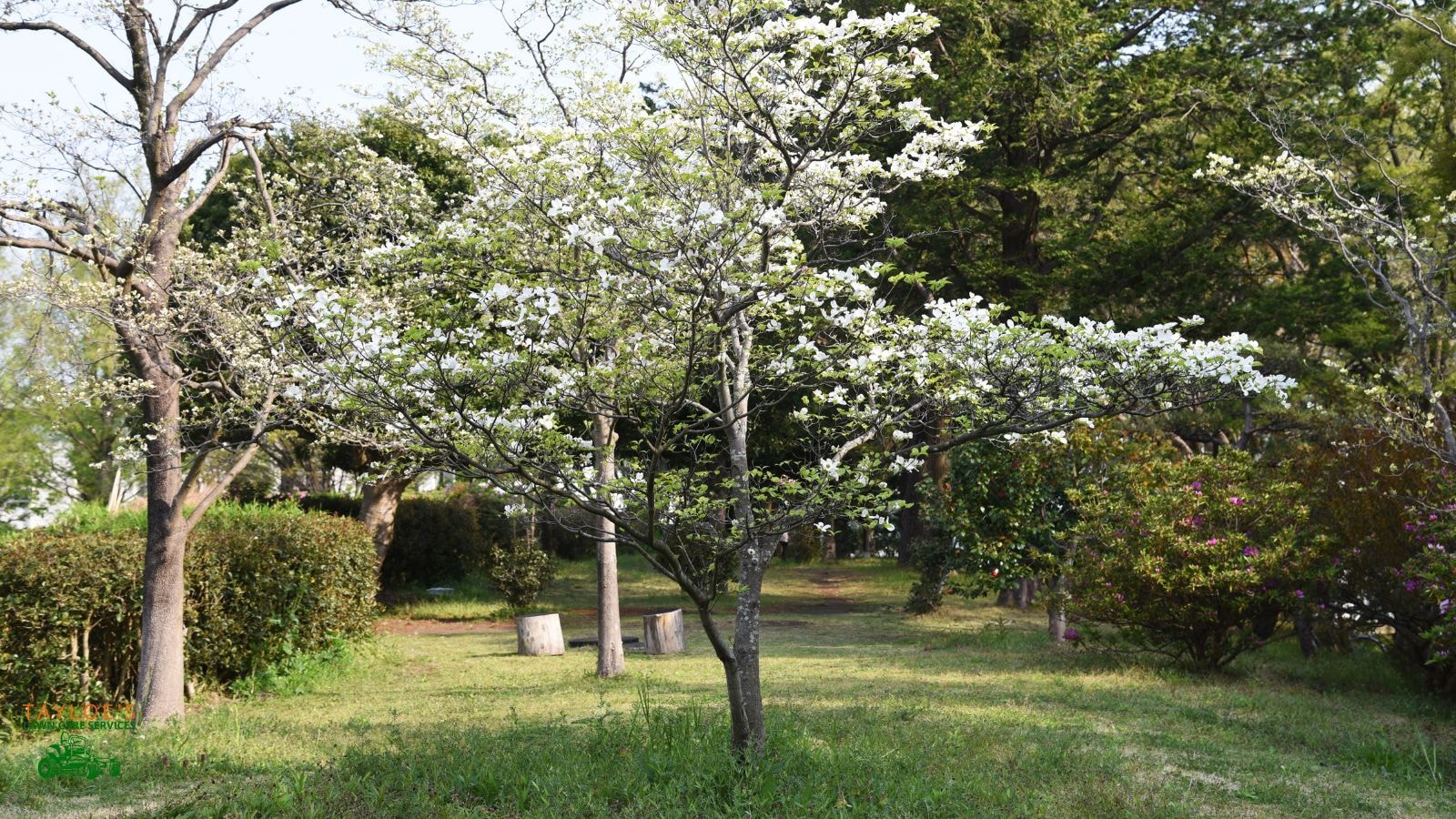
Plant Dogwood Trees and Elevate Your Landscape
Fall and early spring are the perfect times to bring the beauty of a dogwood tree into your garden. You’ll enjoy years of vibrant blooms and brilliant fall colors. Don’t wait—plant your dogwood tree today and create a breathtaking, low-maintenance focal point that will enrich your outdoor space for decades.
Need help to plant dogwoods? Call Tayloe’s Lawn Care Services today at 252.287.3376 or send a PM on Facebook. We can help you with every phase, from selecting a spot where Cornus florida will naturally grow and thrive to completing the planting for you.
Author Profile

- Maureen Abuor
- Maureen Abuor is a professional content marketing strategist and SEO strategist, with particular knowlege of creating landscaping and gardening content that informs and delights her audience. When she's not working, she's a busy mother of three precious little ones and child of God.
Latest entries
 Lawn CareApril 29, 2025Best shady area grass seed for Eastern NC
Lawn CareApril 29, 2025Best shady area grass seed for Eastern NC GardeningApril 15, 2025How do I make organic soil for the garden?
GardeningApril 15, 2025How do I make organic soil for the garden? Flower GardenMarch 7, 2025What are wave petunias?
Flower GardenMarch 7, 2025What are wave petunias? Flower GardenMarch 3, 202520 Full-sun annuals for your spring and summer garden
Flower GardenMarch 3, 202520 Full-sun annuals for your spring and summer garden





